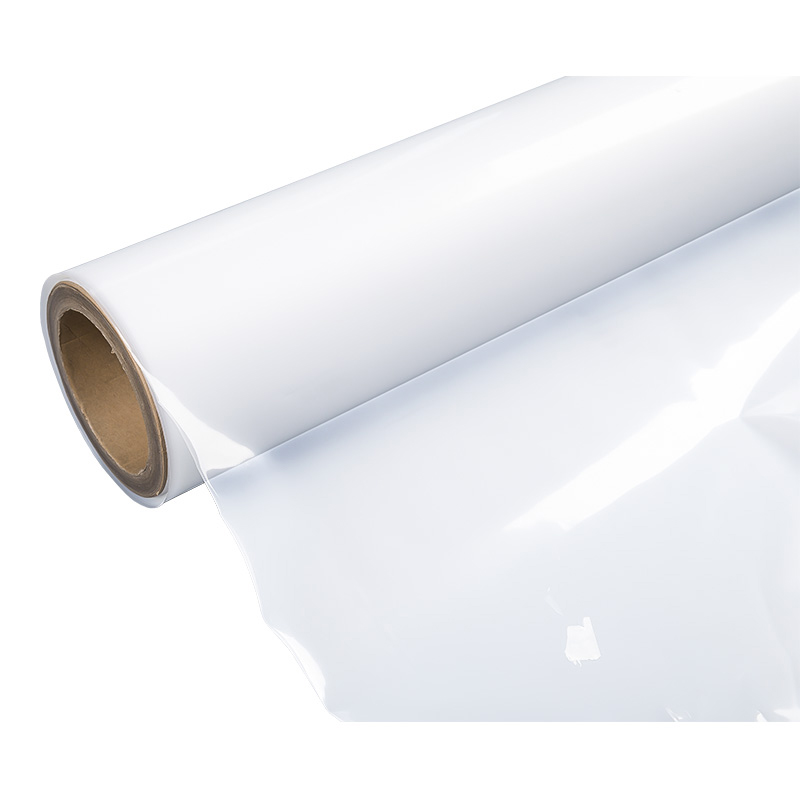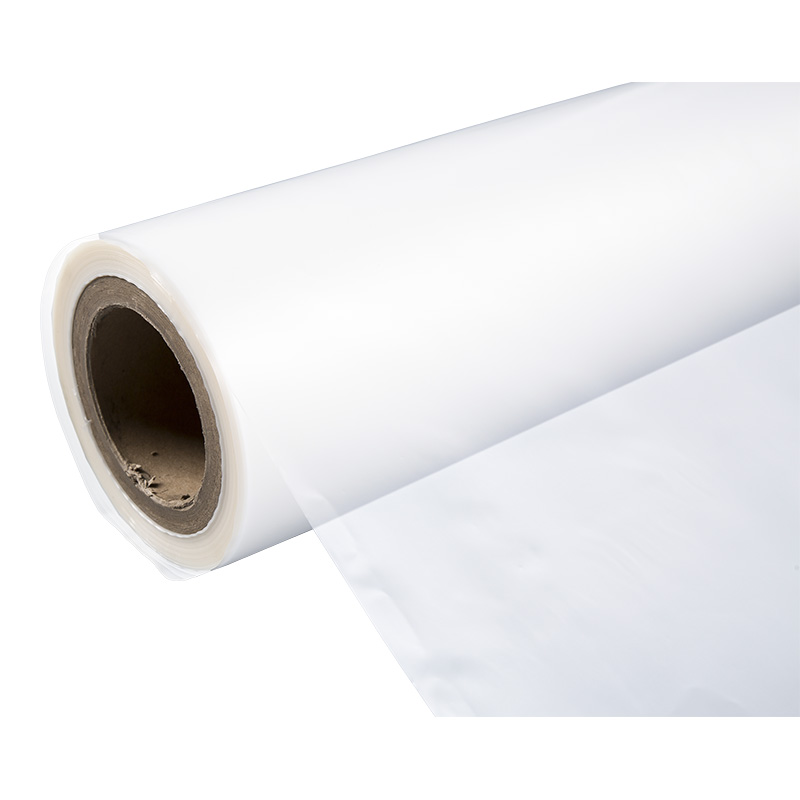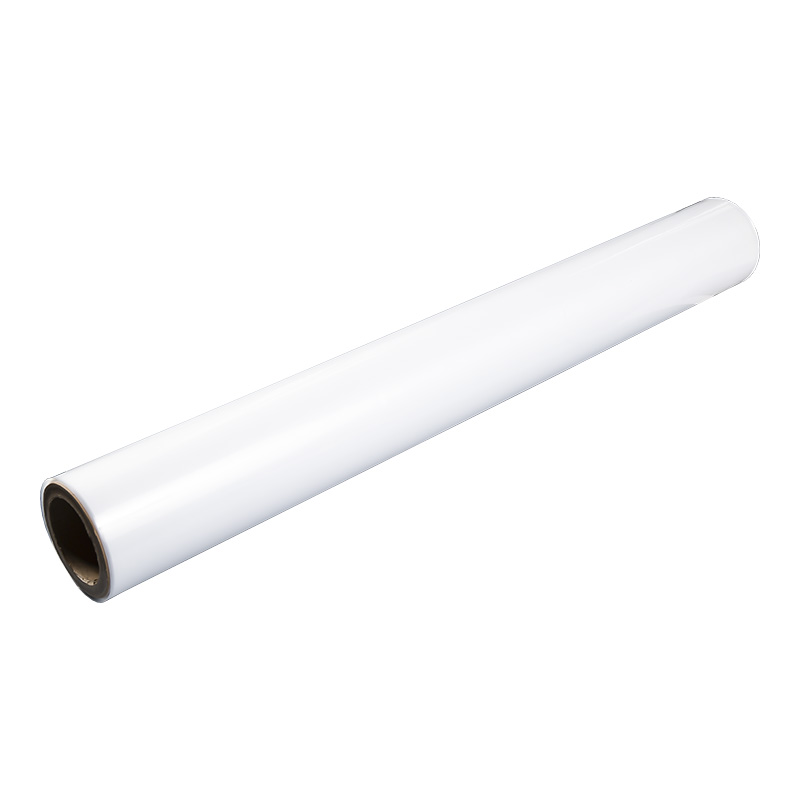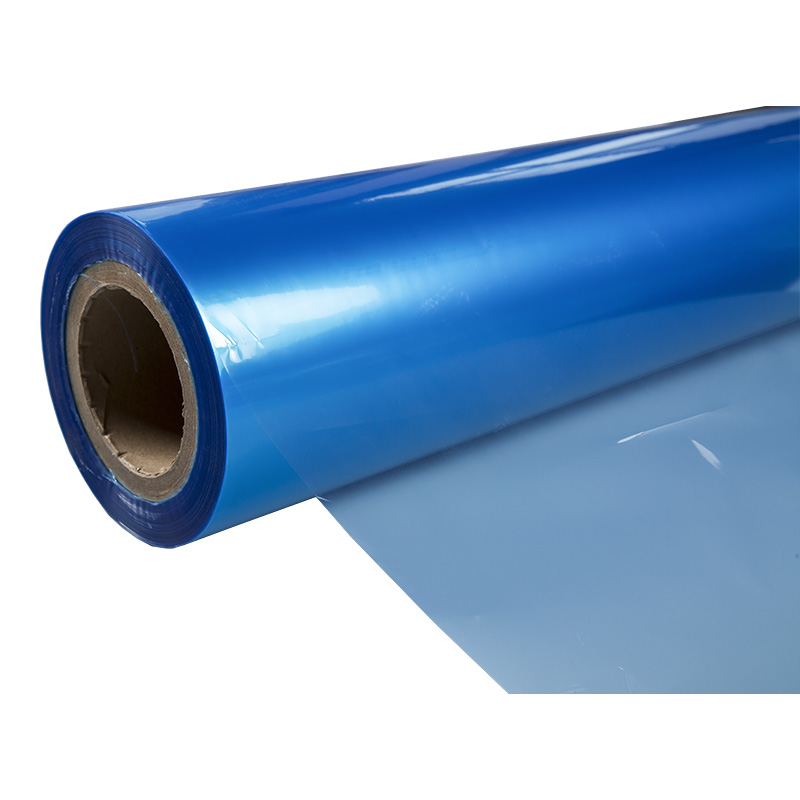The Imperative for Elevated Product Protection
The contemporary global market, characterized by complex supply chains and heightened consumer awareness, places an uncompromising demand on product integrity. Packaging's role has transcended the basic function of physical containment; it is now the first, and often most critical, line of defense against biological, chemical, and environmental contaminants. The inherent need for hygienic packaging film stems from this foundational requirement, evolving from simple plastic wraps to sophisticated multi-layered structures engineered to ensure the pristine condition of the contents until the moment of consumption or use. This material evolution is driven by the necessity to mitigate risks such as microbial ingress, oxidation, and moisture degradation, all of which compromise both safety and quality. The development trajectory of these protective materials is a continuous pursuit of films that offer not only physical robustness but also a defined, measurable level of sanitation and long-term preservation capability, setting a new standard for product guardianship in the twenty-first century.
Pioneering Materials: The Intersection of Sustainability and Safety
The Rise of Eco-Conscious Barrier Solutions
A fundamental shift is underway in the materials science of packaging, marrying the non-negotiable requirement for superior barrier function with urgent calls for environmental stewardship. The focus has moved decisively towards recyclable high-barrier film technology, seeking to decouple high performance from environmental persistence. Historically, the best barrier properties were achieved through complex, multi-material laminates which proved incredibly difficult to process back into the resource stream. Modern innovations now concentrate on developing mono-material structures—often utilizing advanced grades of polyolefins or specialized coatings—that maintain exceptional impermeability to gases like oxygen and water vapor while being readily accepted by existing recycling infrastructure. These sustainable barrier films for food safety are proving that materials can offer an extended shelf life to sensitive products, thereby reducing food waste, without simultaneously becoming a long-term burden on the planet's ecosystems.
The Power of Bio-Active Components
Taking the concept of protection a step further, researchers and manufacturers are increasingly embedding protective functionality directly into the film matrix. This involves the development of antimicrobial packaging film for fresh produce and other sensitive goods, transforming the film from a passive shield into an active participant in preservation. These sophisticated films are typically formulated with integrated agents—such as organic acids, silver ions, or natural plant extracts—that are designed to migrate slowly to the surface or headspace around the product. Their purpose is to actively inhibit the growth of common pathogens and spoilage microorganisms like mold and bacteria. This bio-active approach provides an extra layer of insurance, proving particularly valuable for highly perishable items like raw meat, dairy, and fresh produce, where a minimal microbial load upon packaging can still lead to rapid deterioration. The active defense mechanism significantly enhances product longevity and consumer confidence.
Sector-Specific Demands and Technological Responses
Extending Shelf Life in the Food Supply Chain
For the food industry, the film’s efficacy is primarily judged by its ability to manage the internal environment of the package, a critical function for both fresh and processed items. This necessitates films with highly tuned barrier properties that control the passage of oxygen, which causes rancidity and discoloration, and moisture, which leads to wilting or microbial proliferation. Advanced techniques, such as Modified Atmosphere Packaging (MAP) and vacuum sealing, rely fundamentally on the precise specifications of the film to maintain a specific internal gas composition, ensuring optimal preservation. The focus on hygienic film in this sector also extends to thermal performance, where the material must maintain integrity and barrier properties through a range of temperatures, from deep freezing to microwave reheating, confirming its suitability for diverse food preparation and consumption methods.
Maintaining Sterility for Healthcare Applications
The standards for packaging in the healthcare and pharmaceutical sectors are arguably the most rigorous, focusing squarely on sterility and traceability. The development of aseptic packaging film innovations in the medical sector is a non-stop field of engineering, where the film must not only be manufactured in a controlled, hygienic environment but also be capable of withstanding harsh sterilization processes, such as gamma irradiation or ethylene oxide exposure, without degradation of its critical barrier functions. Films used for surgical instruments, implants, and pharmaceuticals are often constructed as specialized peelable pouches or blister packs, where the seal integrity is paramount. These materials must provide an impenetrable microbial barrier but also allow for a clean, fiber-free opening at the point of use to prevent contamination, making the seal a high-precision engineering feat.
Economic Viability and Future Trends in Hygienic Wrapping
Achieving Performance Without Premium Pricing
A major driver for widespread adoption of superior hygienic packaging is the ability to integrate advanced features into commercially viable products. The search for cost-effective biodegradable hygienic wrap represents a significant commercial challenge: delivering a film with high protective qualities and a beneficial end-of-life profile, all without pricing it out of the mass market. Material scientists are addressing this through process optimization and the utilization of lower-cost sustainable raw materials, such as specific starches or cellulose derivatives, which can be modified to achieve the necessary strength and barrier performance. Success in this area is not just about material cost but about total cost of ownership, recognizing that a film that significantly reduces product spoilage ultimately offers an immense return on investment by cutting waste and logistical expenses.
The Next Generation of Intelligent Films
Looking ahead, the future of hygienic packaging films lies in integrating even greater levels of intelligence and circularity. This involves the development of films with integrated sensors that can monitor and report on freshness, temperature history, and even the presence of pathogens—a true evolution into smart packaging. Simultaneously, the industry is pursuing 'closed-loop' material cycles, aiming for the absolute material and energy efficiency inherent in a fully circular economy. This ambition will see every component of the hygienic film, including adhesives and printing inks, engineered for full recovery and reuse, solidifying the film’s role as an indispensable, yet completely responsible, element of the modern product landscape.

 +86 139-6715-0258
+86 139-6715-0258 
 Monday to Friday 8 am. to 6 pm.
Monday to Friday 8 am. to 6 pm. 
 English
English 中文简体
中文简体






